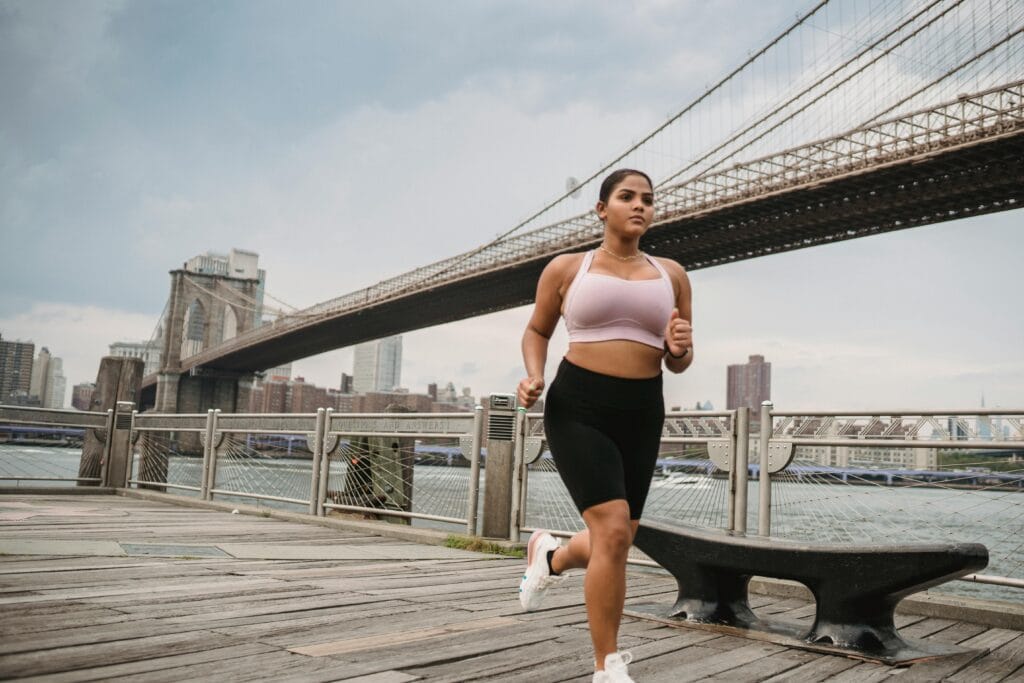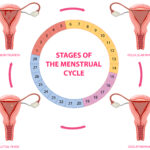FREE SHIPPING OVER $50
The Desk Job Antidote: Experts Reveal How Much Exercise Truly Erases A Full Day of Sitting

Let’s face it: for many of us, the modern workday means a whole lot of sitting. From that morning commute to endless hours slumped in an office chair, and then unwinding on the couch, our bodies are often locked into a sedentary position for far too long. While a desk job pays the bills, it comes with a hidden cost: a growing body of evidence suggests that prolonged sitting is a serious health risk, often likened to “the new smoking.”
The good news? It doesn’t have to be a life sentence of declining health. Fitness experts and scientists have been hard at work, sifting through mountains of data to find a powerful antidote. They’ve pinpointed a specific amount of exercise that can truly erase the negative health risks associated with spending a full day on your backside.
The Silent Threat: Why Sitting All Day Is Harming Your Health
Here’s a closer look at the silent threats lurking in your office chair:
- Increased Risk of Chronic Diseases: Extensive research links prolonged sitting to a higher risk of developing serious conditions like heart disease, type 2 diabetes, and certain cancers. When you sit for long periods, your metabolism slows down, your body becomes less efficient at processing blood sugar, and fat-burning enzymes become less active.
- Higher Mortality Rates: Studies tracking thousands of individuals consistently show that those with the highest amounts of daily sitting time have a higher risk of premature death from all causes, regardless of their structured exercise habits.
- Musculoskeletal Issues: Our bodies are designed to move. Prolonged sitting can lead to chronic back pain, neck strain, tight hip flexors, and weakened glutes, impacting posture and overall physical function.
- Reduced Circulation and Energy Levels: When you’re sitting, blood flow can become sluggish, especially in your lower limbs. This can contribute to fatigue, swelling, and even increase the risk of blood clots.
- Brain Fog and Fatigue: Physical inactivity also impacts brain function. Less movement means less blood flow and oxygen to the brain, which can contribute to brain fog, reduced focus, and overall mental fatigue.
Understanding these risks is the first step. The good news is that we don’t have to quit our desk jobs to fight back. We just need to understand the powerful antidote.
How Much Exercise Truly Erases the Harm?
According to studies, the sweet spot for significantly lowering the mortality risk associated with high volumes of daily sitting is approximately 30 to 40 minutes of moderate-to-vigorous physical activity (MVPA) per day.
That’s right: aiming for 30-40 minutes of MVPA daily, which translates to about 300-400 minutes per week, can bring your mortality risk from prolonged sitting down to levels comparable to those who sit the least. Think of it as hitting the “reset” button on your body’s systems, effectively erasing much of the damage from those long hours spent sedentary.
This isn’t just about burning calories; it’s about stimulating your circulatory system, engaging your muscles, and boosting your metabolism in ways that counteract the physiological stagnation caused by prolonged inactivity. It’s the daily dose of movement your body truly craves to stay resilient and robust.
What Counts as “Moderate-to-Vigorous” Activity?
Understanding “how much” is great, but “what kind” of exercise counts towards that crucial 30-40 minutes of MVPA? It’s simpler than you might think, and it doesn’t always mean sweating it out in a gym.
Moderate-Intensity Physical Activity:
This type of exercise raises your heart rate, and you’ll probably break a sweat. You should be able to talk, but you won’t be able to sing.
- Brisk Walking: A good, purposeful pace where you’re slightly out of breath.
- Cycling: Riding a bike at a moderate pace.
- Swimming: Leisurely laps or water aerobics.
- Dancing: Any energetic form that gets your heart rate up.
- Yard Work: Raking leaves, mowing the lawn (with a push mower), heavy gardening.
- Hiking: Moderate trails.
Vigorous-Intensity Physical Activity:
During vigorous activity, your heart rate will be significantly elevated, and you’ll be breathing hard. You’ll only be able to say a few words at a time.
- Running/Jogging: Any pace that challenges you significantly.
- Swimming Laps: At a fast pace.
- High-Intensity Interval Training (HIIT): Short bursts of intense exercise followed by brief recovery periods.
- Fast Cycling: Uphill or at a high intensity.
- Sports: Playing competitive sports like basketball, soccer, or tennis.
- Brisk Hiking Uphill: Challenging terrain.
The key is to find activities you enjoy and consistently incorporate them into your day to hit that MVPA target.
Practical Strategies for Desk Job Warriors
Hitting 30-40 minutes of MVPA daily might sound like a lot when you’re tied to a desk job, but it’s entirely achievable with a few smart strategies:
- Break Up Your Sitting: This isn’t the 30-40 minutes of MVPA, but it’s foundational. Stand up and move for 5-10 minutes every 30-60 minutes. Even short bursts of light activity (walking to the water cooler, stretching) can help mitigate some of the immediate harms of prolonged sitting.
- The Morning Power-Up: Can you dedicate 30-40 minutes to a brisk walk, jog, or home workout before you start work? Getting your MVPA in early ensures it happens and sets a positive tone for your day.
- Lunchtime Movement Mission: Instead of eating at your desk, use your lunch break for a brisk walk, a quick fitness class, or a short cycling session. Even 20-30 minutes can contribute significantly.
- After-Work Wind Down: Treat your exercise time like an important appointment. Dedicate a consistent slot after work for your gym session, run, or favorite active hobby.
- Active Commuting: If possible, consider walking or cycling to work, even if it’s just part of the journey. This effortlessly builds MVPA into your routine.
- Micro-Workouts: Can’t do 30 minutes all at once? Break it into chunks! Two 15-minute brisk walks, or three 10-minute bursts of bodyweight exercises throughout your day, can add up to your target.
- Utilize Tools: While not a replacement for MVPA, standing desks, walking pads, and stability ball chairs can help reduce overall sedentary time, making it easier to integrate your targeted exercise when the time comes.
Making It Stick: Tips for Consistency and Long-Term Success
Knowing what to do is one thing; consistently doing it is another. Here are tips to make your desk job antidote a lasting part of your life:
- Find What You Enjoy: The best exercise is the one you’ll actually do. Explore different activities until you find something you genuinely look forward to.
- Set Realistic Goals: Start gradually. If 30 minutes feels daunting, begin with 10-15 minutes and slowly increase. Small wins build momentum.
- Schedule It: Treat your exercise time like a crucial appointment. Put it on your calendar and commit to it.
- Find an Accountability Partner: Working out with a friend or joining a class can provide motivation and keep you on track.
- Track Your Progress: Use a fitness tracker, an app, or a simple journal to monitor your activity. Seeing your progress can be incredibly motivating.
- Listen to Your Body: While consistency is key, don’t push through pain or severe fatigue. Rest and recovery are equally important.
- Celebrate Small Wins: Acknowledge your efforts and celebrate reaching mini-milestones to stay engaged and positive.
Embrace Movement, Erase the Risks
The desk job doesn’t have to dictate your health destiny. With the expert-backed knowledge that 30-40 minutes of moderate-to-vigorous physical activity daily can significantly erase the health risks of prolonged sitting, you now have a powerful tool at your disposal.
It’s an antidote that delivers profound benefits, transforming your body and mind far beyond just offsetting sedentary habits. Embrace this powerful strategy, weave more movement into your daily life, and watch as you not only combat the dangers of sitting but also unlock a more energetic, vibrant, and long-lasting future. Your health is worth the effort – get moving!
Related Articles
- Forget Pills: A New Study Says This Daily Walk Secret Will Make You Feel 10+ Years Younger
- Women Over 50: Finally Shrink That Stubborn Lower Belly Fat (Expert Strategies Revealed!)
- Unlock Your Best Workout: Cardio Before or After Weights? The Surprising Truth from New Research
- The Pushup Test: Can You Out-Perform 90% of People Over 40?







